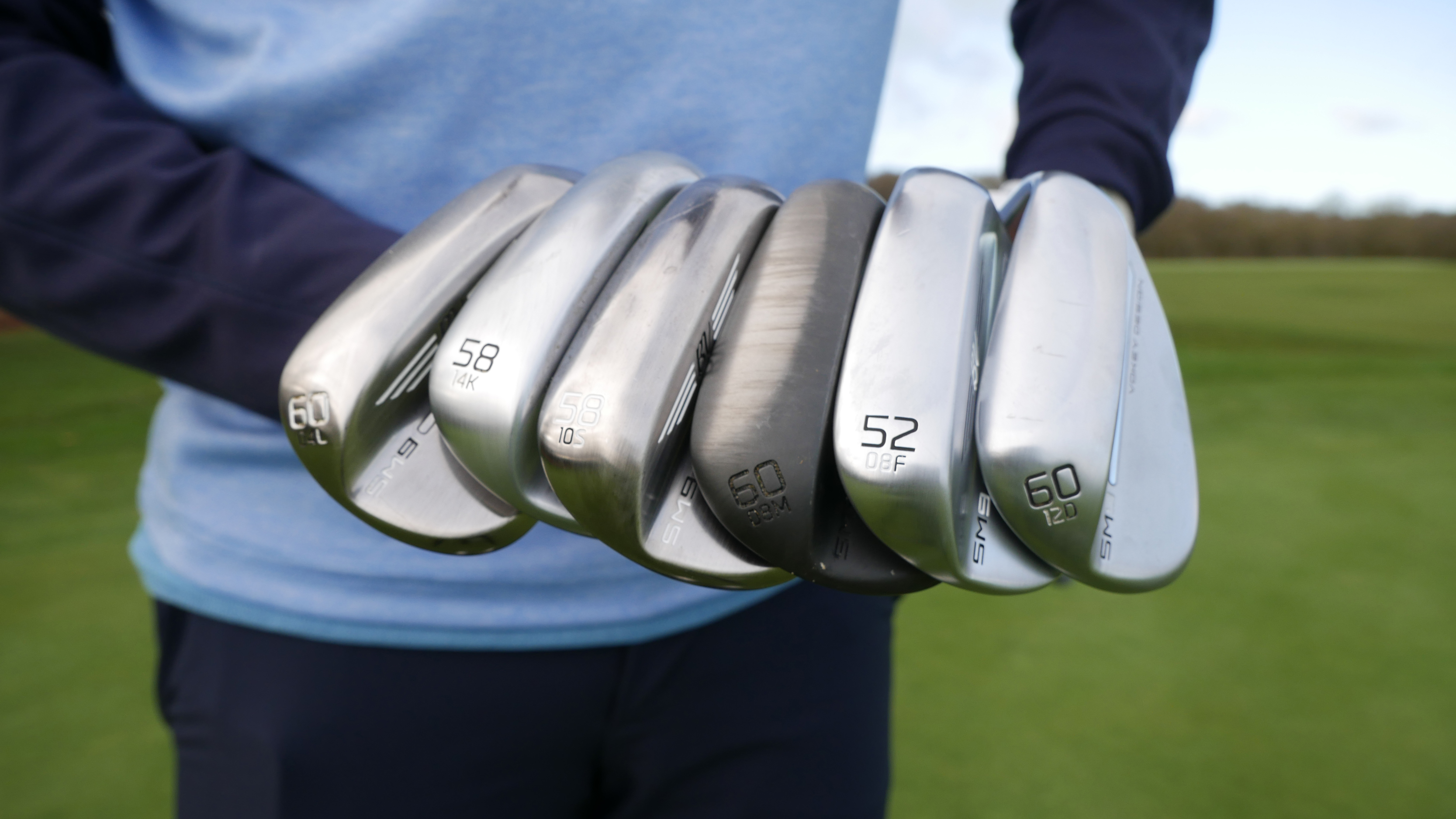
In case you are not familiar with the term, bounce is essentially the angle created between the leading edge and the lowest part of the sole.
If you pick up one of your wedges and hold it at eye level, you will most likely notice that the trailing edge sits lower to the ground than the leading edge to some degree.

From a design standpoint, bounce is there to promote better turf or sand interaction and prevent a club digging in too much at impact. Without bounce angle, the sharp leading edge would dig in and there would be little-to-no margin for error in strike.
On the best wedges, the bounce will act almost as a rudder, steering the club smoothly through turf or sand and aiding it's exit. The correct bounce angle can provide the insurance to turn a slightly heavy contact from a duff, into a perfectly serviceable chip shot. As legendary wedge maker Bob Vokey often says, “Bounce is your friend”.
Ok, so we know what it is, but how do we know what bounce angle will suit us best? Well, there are a number of factors that go into establishing the optimal bounce angle for your game.
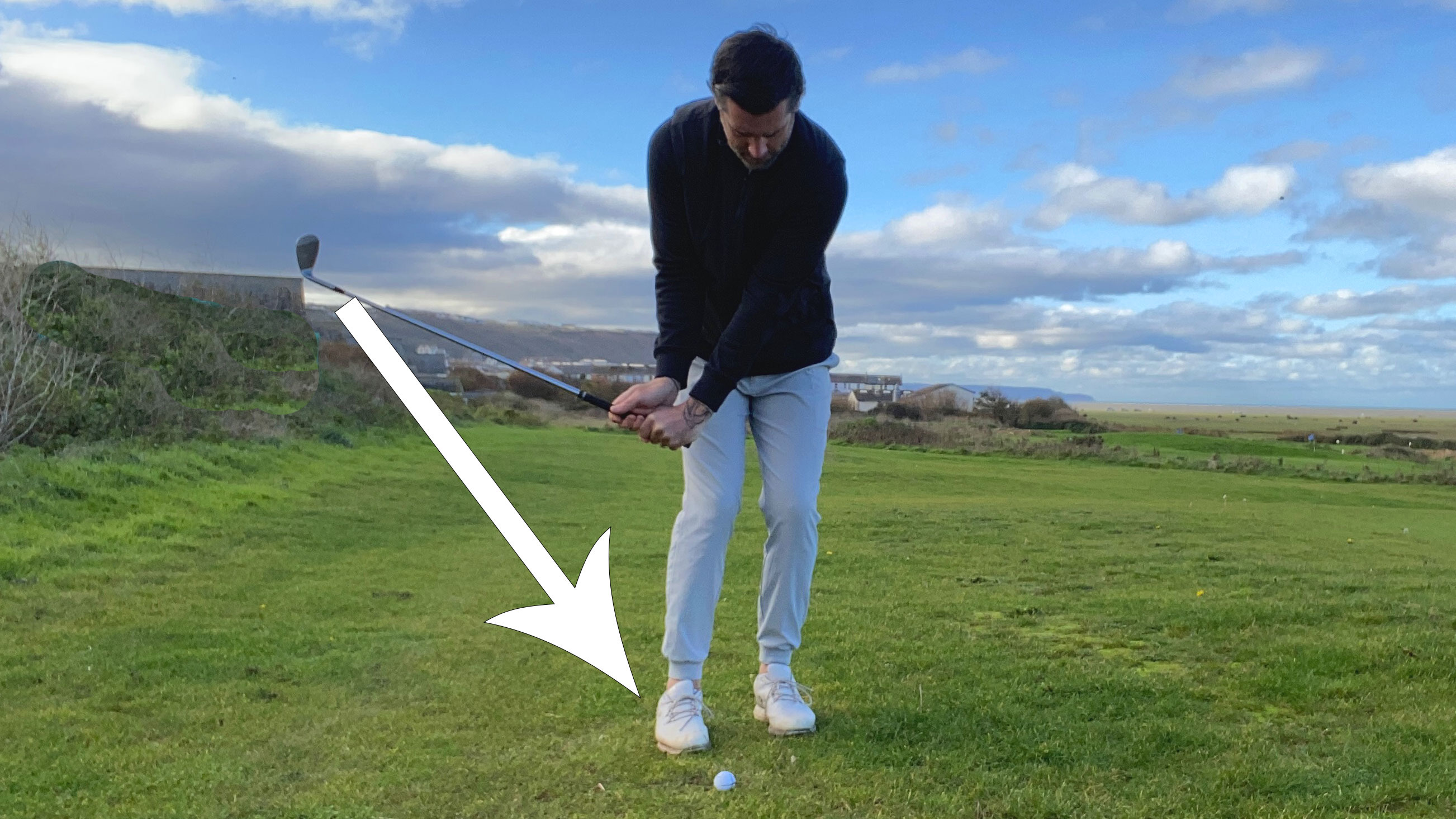
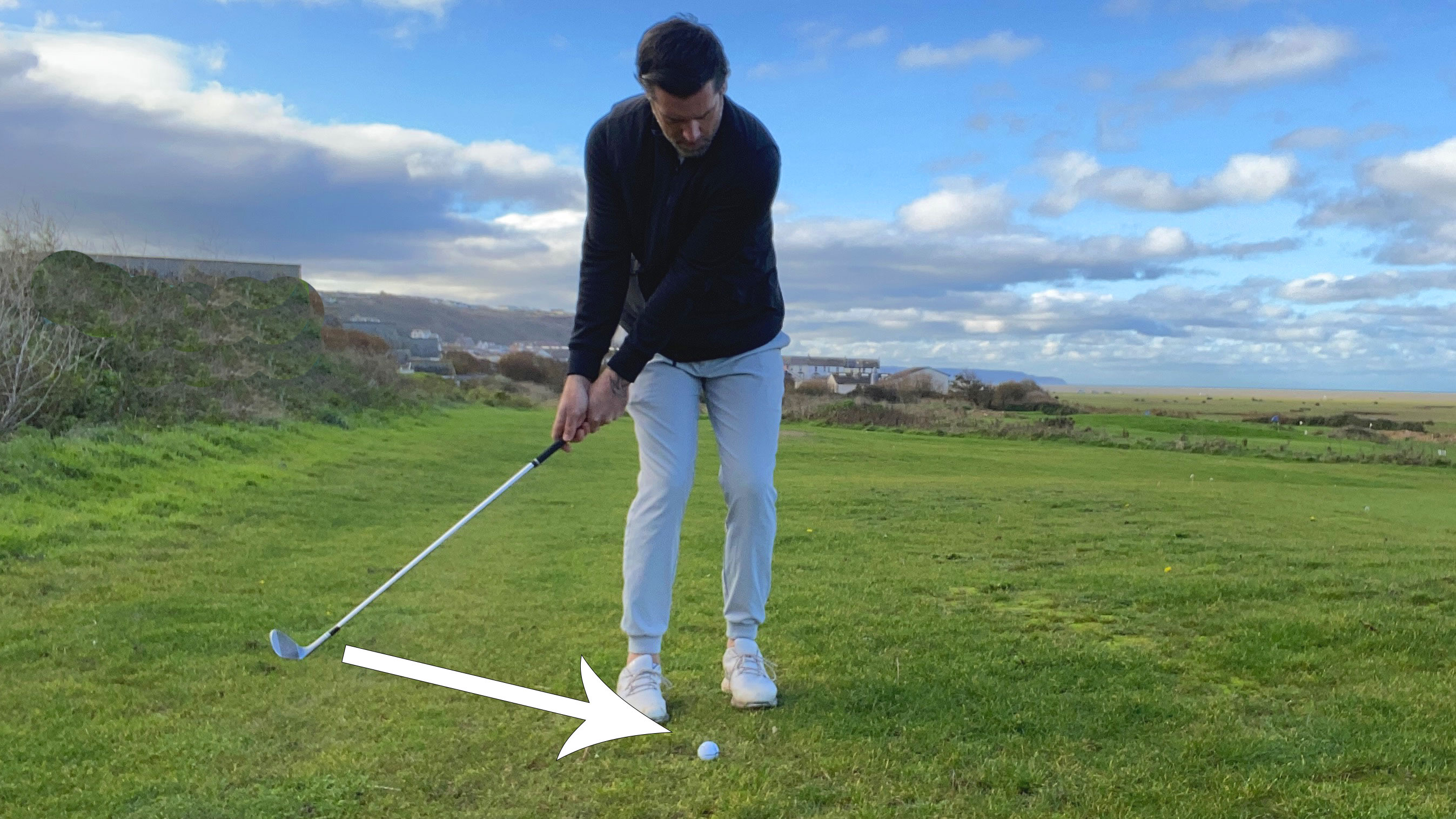
One of the most important determining factors for bounce angle is your own individual technique, in particular your angle of attack. In general terms, the steeper your attack angle the more you will benefit from one of the best high bounce wedges to help you enter and exit the ground with less resistance. Conversely, if you are a shallow angle of attack player, you will likely benefit from less bounce as your ground contact is less prevalent.
If you don’t have the luxury of one of the best launch monitors lying around to determine your exact angle of attack, just pay attention to your divots. If you are removing a lot of real estate every time you get a wedge out, chances are you are pretty steep and may benefit from more bounce. Similarly, if you are just nipping the head off a few blades of grass at impact then you are likely fairly shallow through impact and may want to experiment with a low bounce wedge.
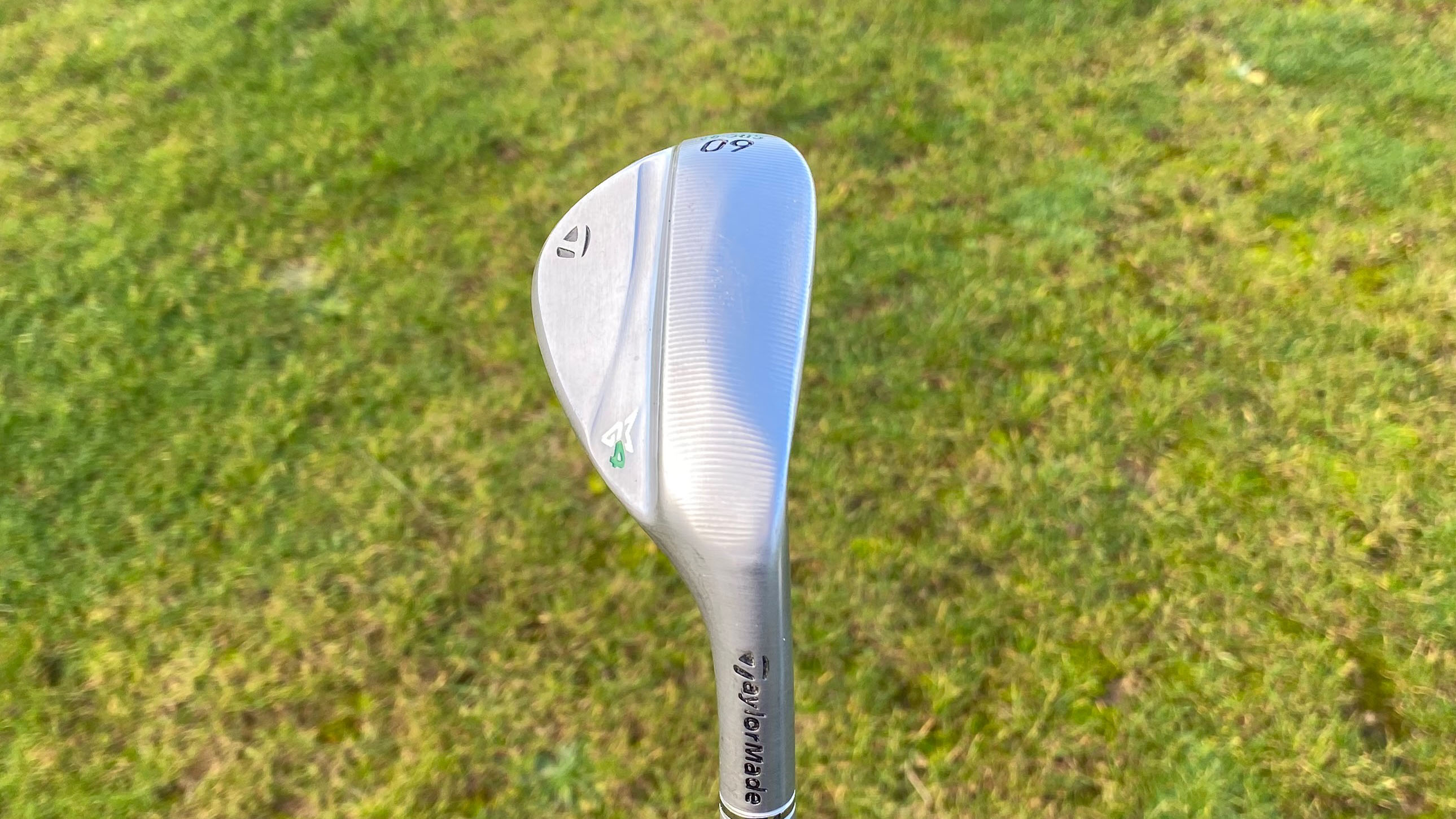
Ground conditions also play a huge part in determining a suitable bounce angle for a player. Again, broadly speaking softer ground conditions tend to favour a higher bounce wedge and vice versa. This can however prove problematic for many who, like myself, play in climates where the ground conditions can vary greatly. For example, you could find a low bounce wedge that works extremely well on tight, baked out summer fairways, but it could be significantly less effective on muddy, soft winter turf. So, what is the answer here? Well, there are a couple of ways to deal with changeable conditions.
The first way is to formulate a year round wedge set-up that incorporates different bounce ranges providing you with much needed versatility. For example, if you played a 52, 56 and 60 degree wedge set-up, you could select a 60 degree with a low bounce (typically 4-6 degrees of bounce), a high bounce (10 degrees +) for your 56 degree and a 52 degree wedge somewhere in the middle around 8 degrees of bounce. That way you have a few different sole options within your set year round that can help you tackle different ground conditions as you encounter them, albeit you may have to play some shots with a different loft to your usual preference on occasion.
Another way to tackle the ground condition issue, is one employed by many of the world's best. Many tour professionals will travel with at least two lob wedges with significantly different bounce angles.
When arriving at the course, they will assess the turf, density of sand and potential required shot types before making a determination as to which wedge to include in the bag. An extreme example of this is The Open Championship, where a large proportion of the field changes to a very low bounce lob wedge to tackle the generally tight, firm links turfs of courses on The Open rota.
Whilst you may not have the requisite skill level to go that in depth into the decision making process, I have long been an advocate of having, what I refer to as, a summer lob wedge and a winter lob wedge. Where I live in the UK, ground conditions can be so contrasting that it is totally unreasonable to expect a wedge to perform optimally at both ends of the firmness spectrum.
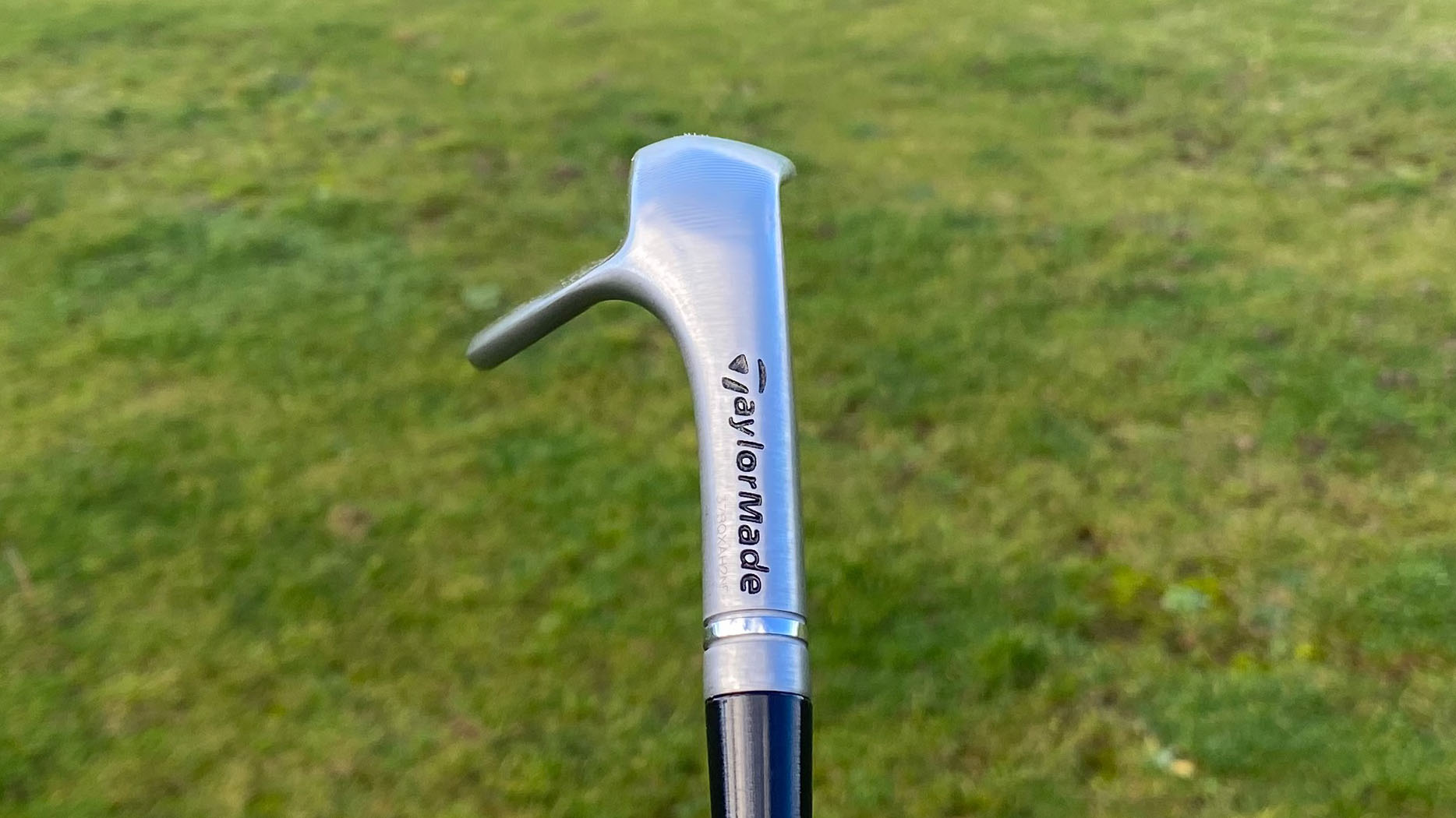
Another thing to bear in mind however is that bounce can actually be manipulated yourself through technique. For example, if you want to expose more bounce to stop the club digging into soft turf, try opening the face of the wedge. In simple terms, for every degree of loft you add to the club when opening the blade, you will add another degree of bounce.
On the other hand, if you are looking to take the bounce out of a shot and lower that leading edge, move your hands forward and de-loft the blade. The leading edge will then sit closer to the ground and will offer more “dig”. This can be useful for a ball sat down in a cuppy lie or even to help scythe your way through thick rough.
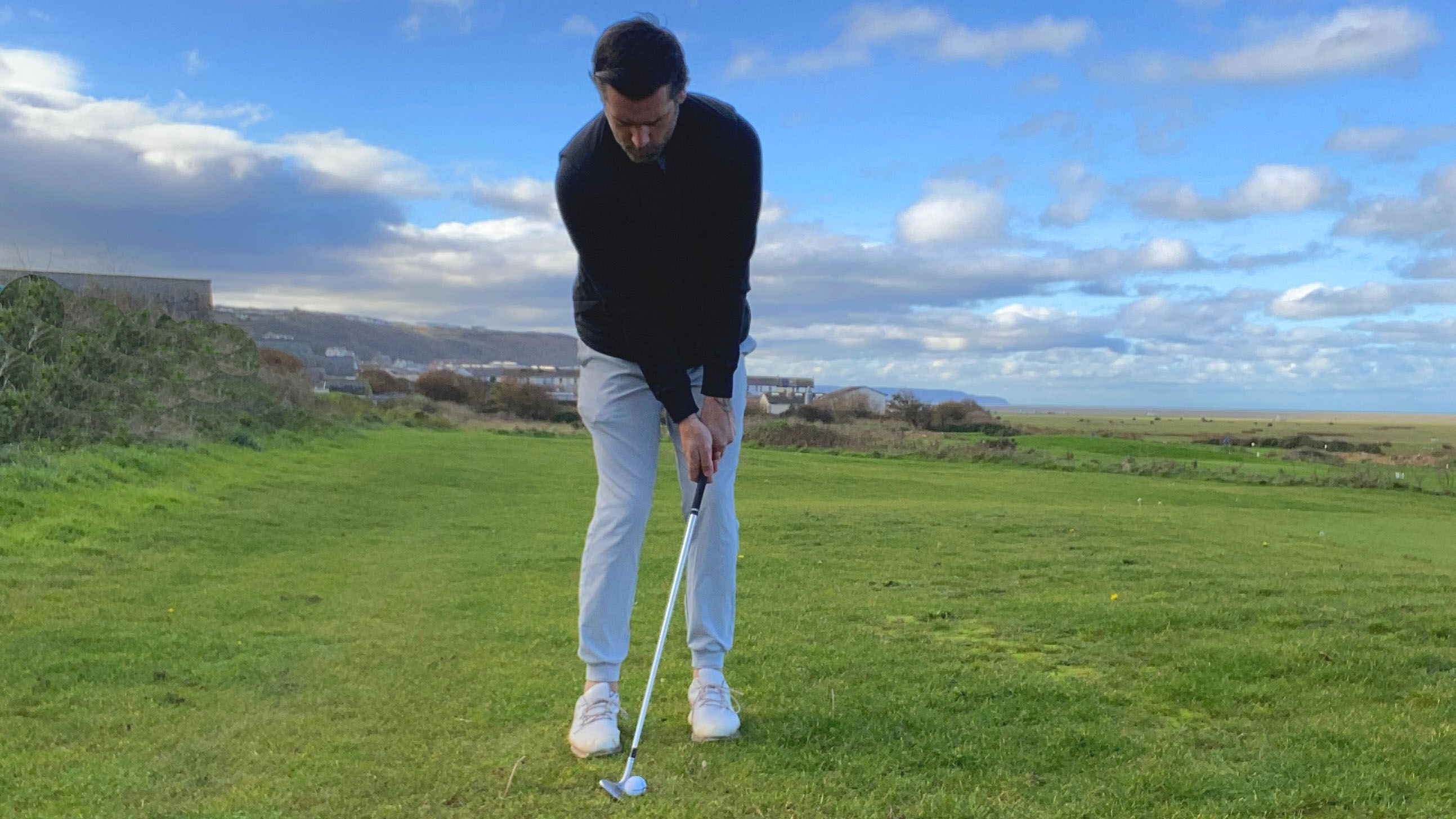
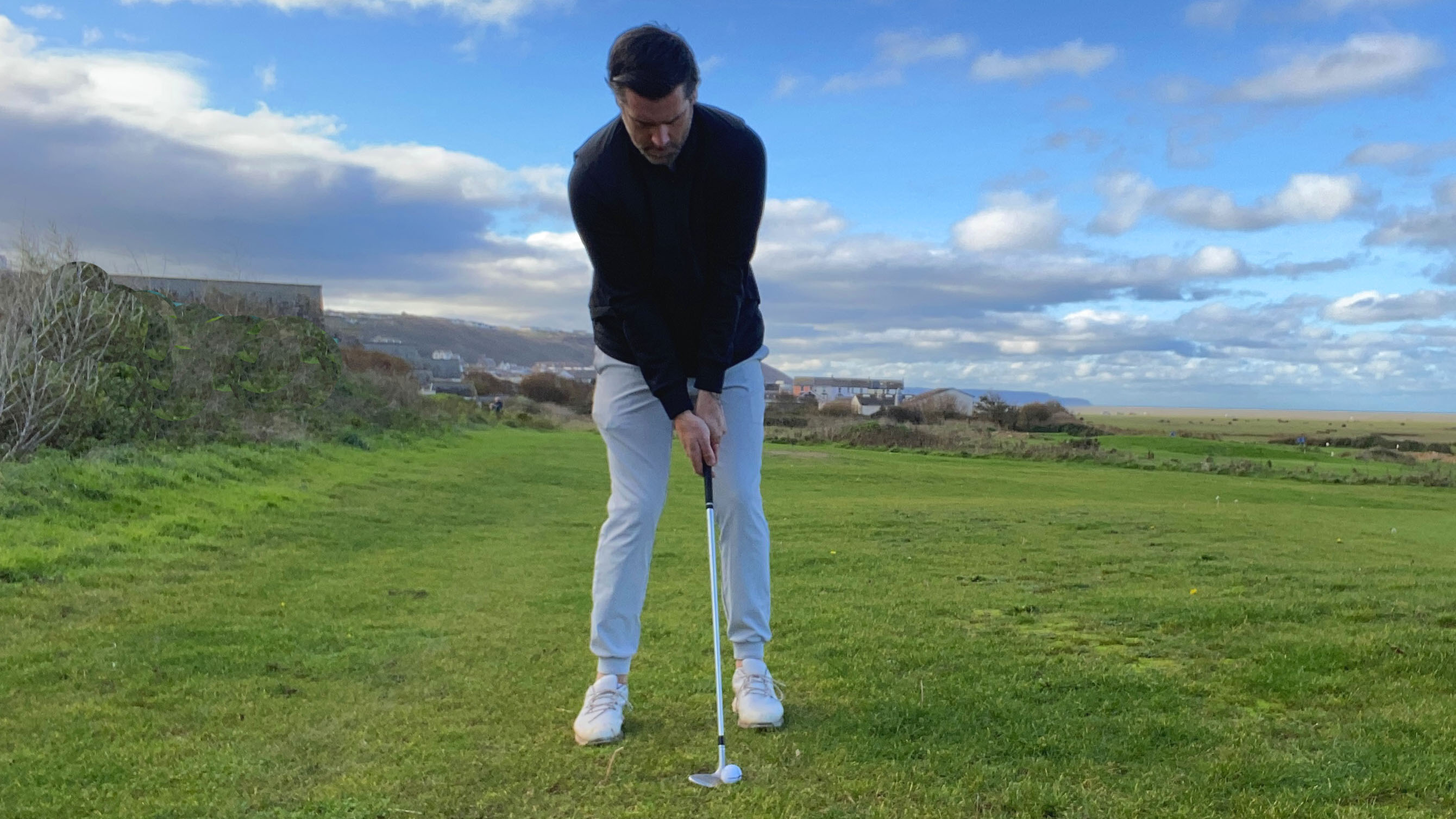
Another impact factor that can be influenced by the bounce angle is a player's vertical strike location, i.e. how high or low on the face impact occurs. Generally, higher bounce wedges will move the strike location lower on the face as the leading edge will sit higher off the ground. As long as the strike isn’t moved so low as to promote thin shots, this is felt to be a good thing, as the lower the strike location, the lower the launch and higher the spin rate become, which is a flight characteristic that all tour pros are searching for in wedge play.
I was once fortunate enough to have a fitting session with the European Tour Vokey fitting representative Will Harvey, and one of his main checkpoints for fitting even the best players, was to get a player in the highest bounce that was playable for them to ensure that low strike location and provide a low-flighted, high-spin wedge flight.
As is generally the case, a good custom fitter will be able to steer you into a wedge set-up that will work for you, but I hope these ideas will give you a good starting point.







